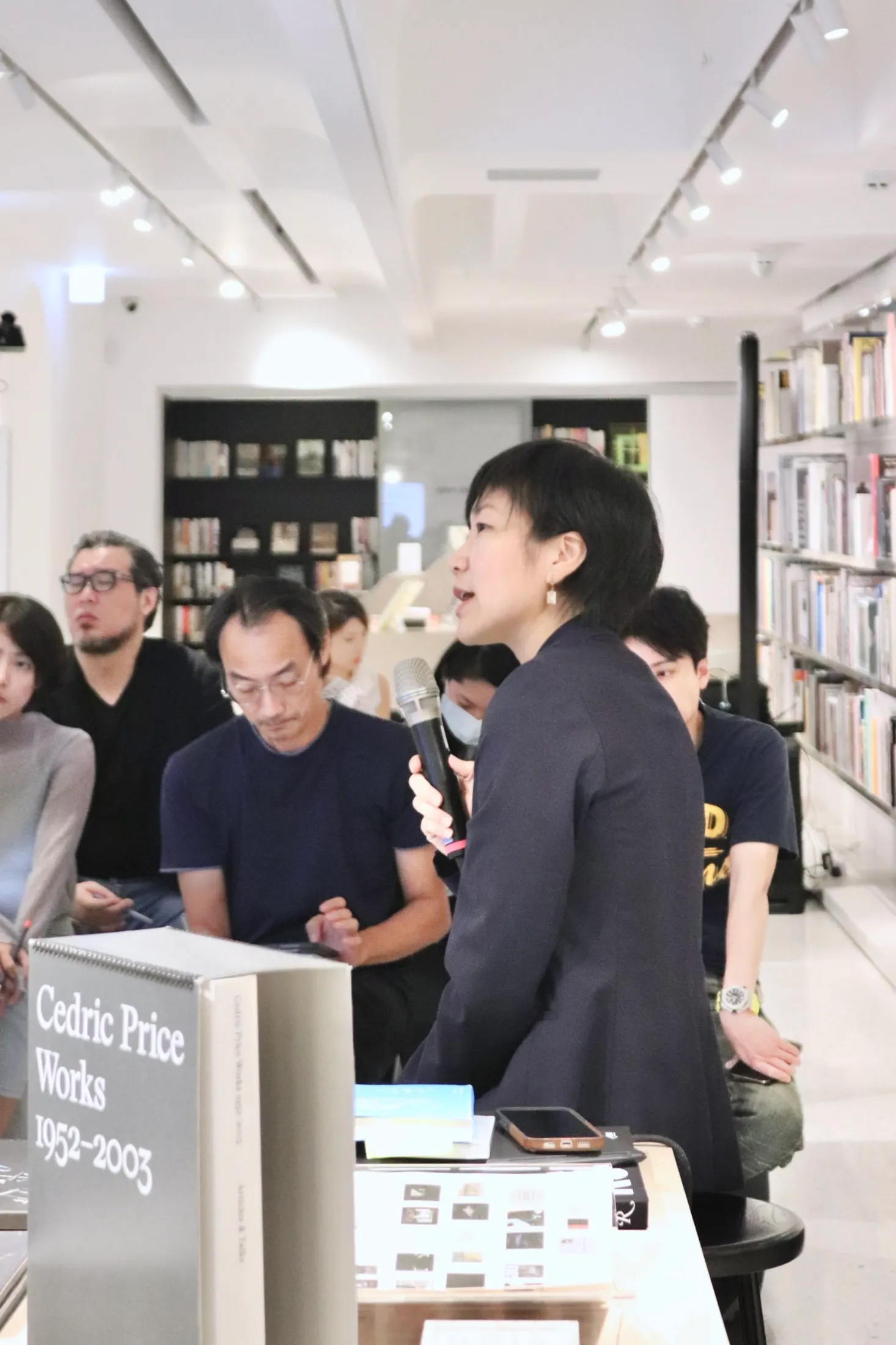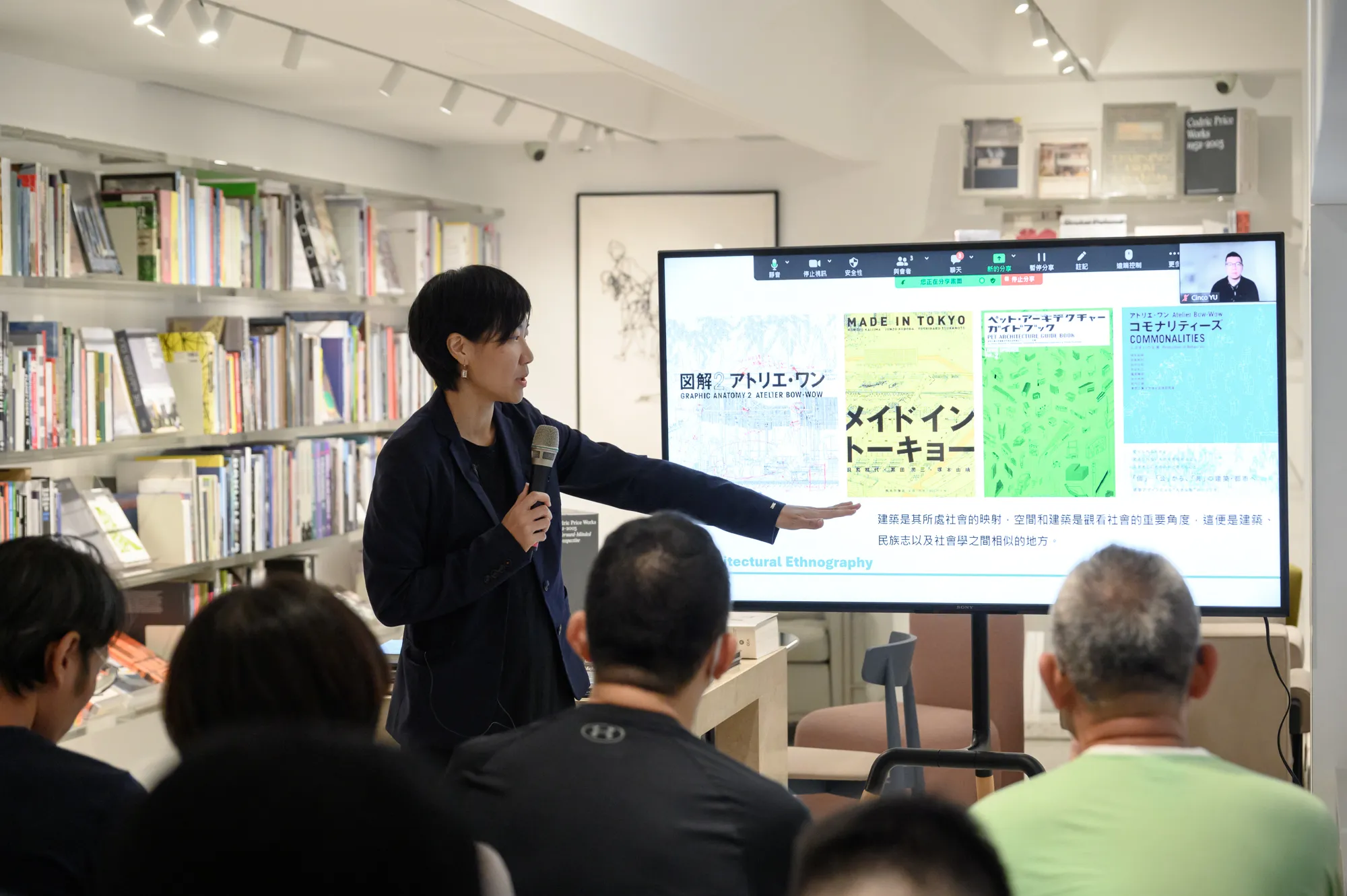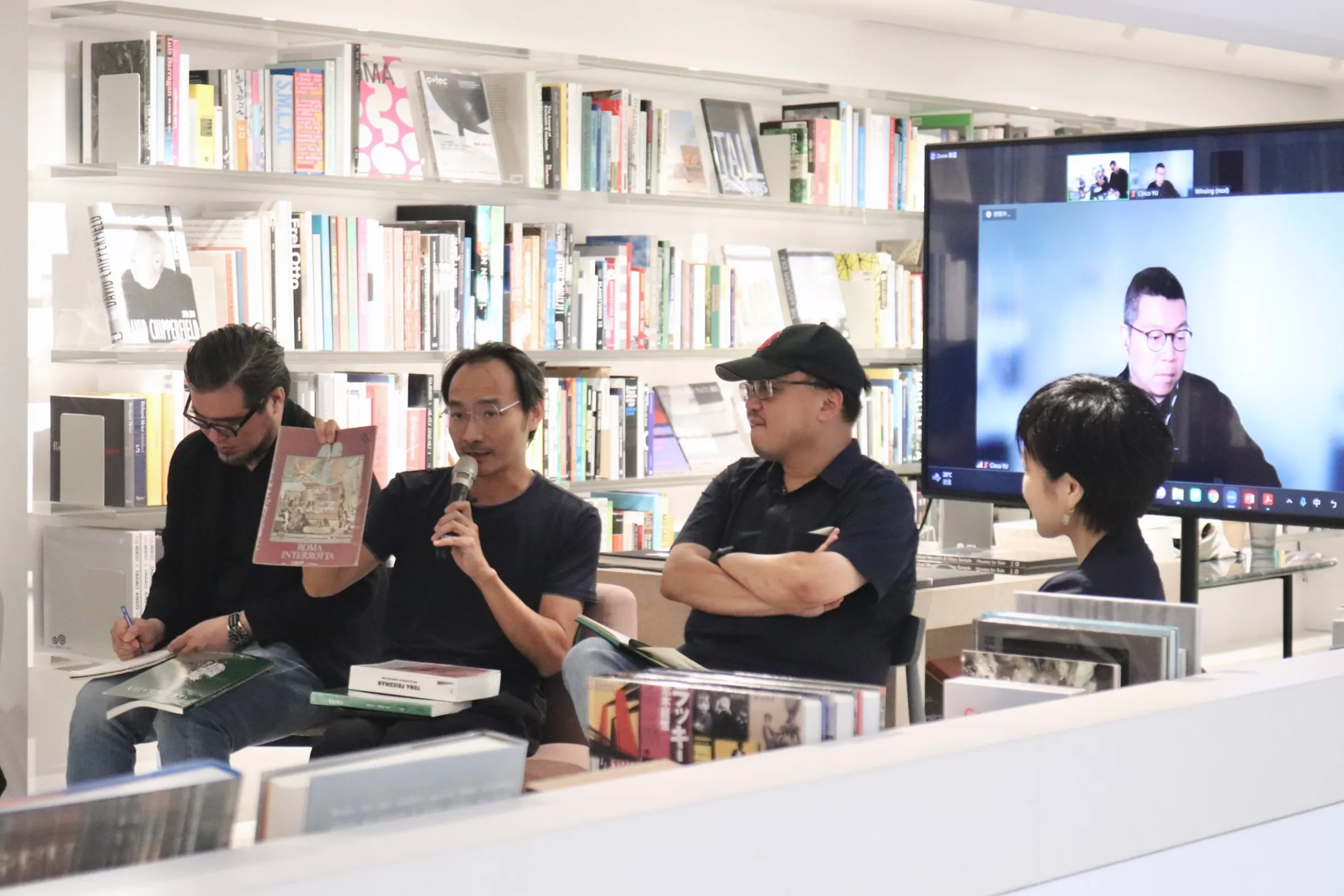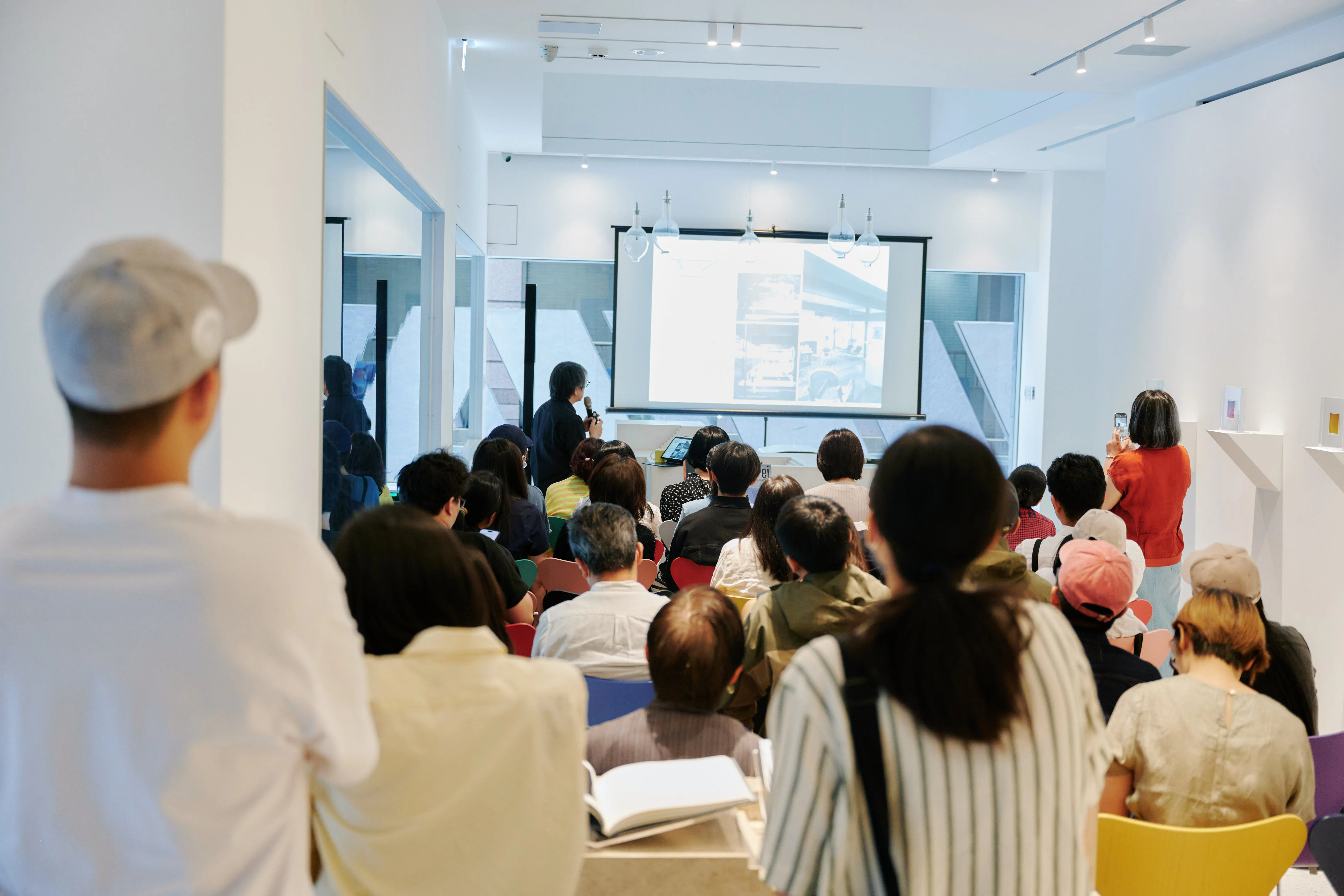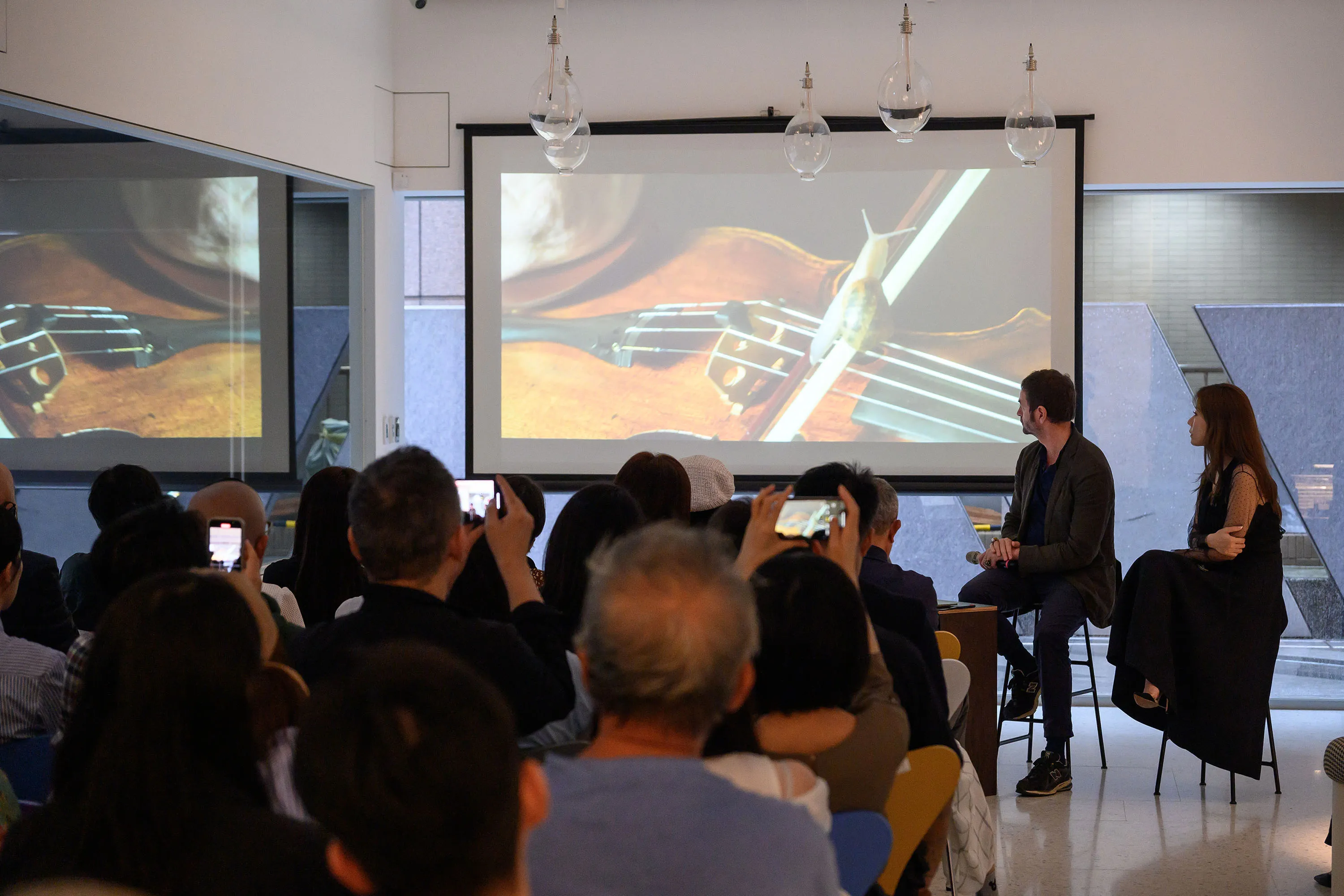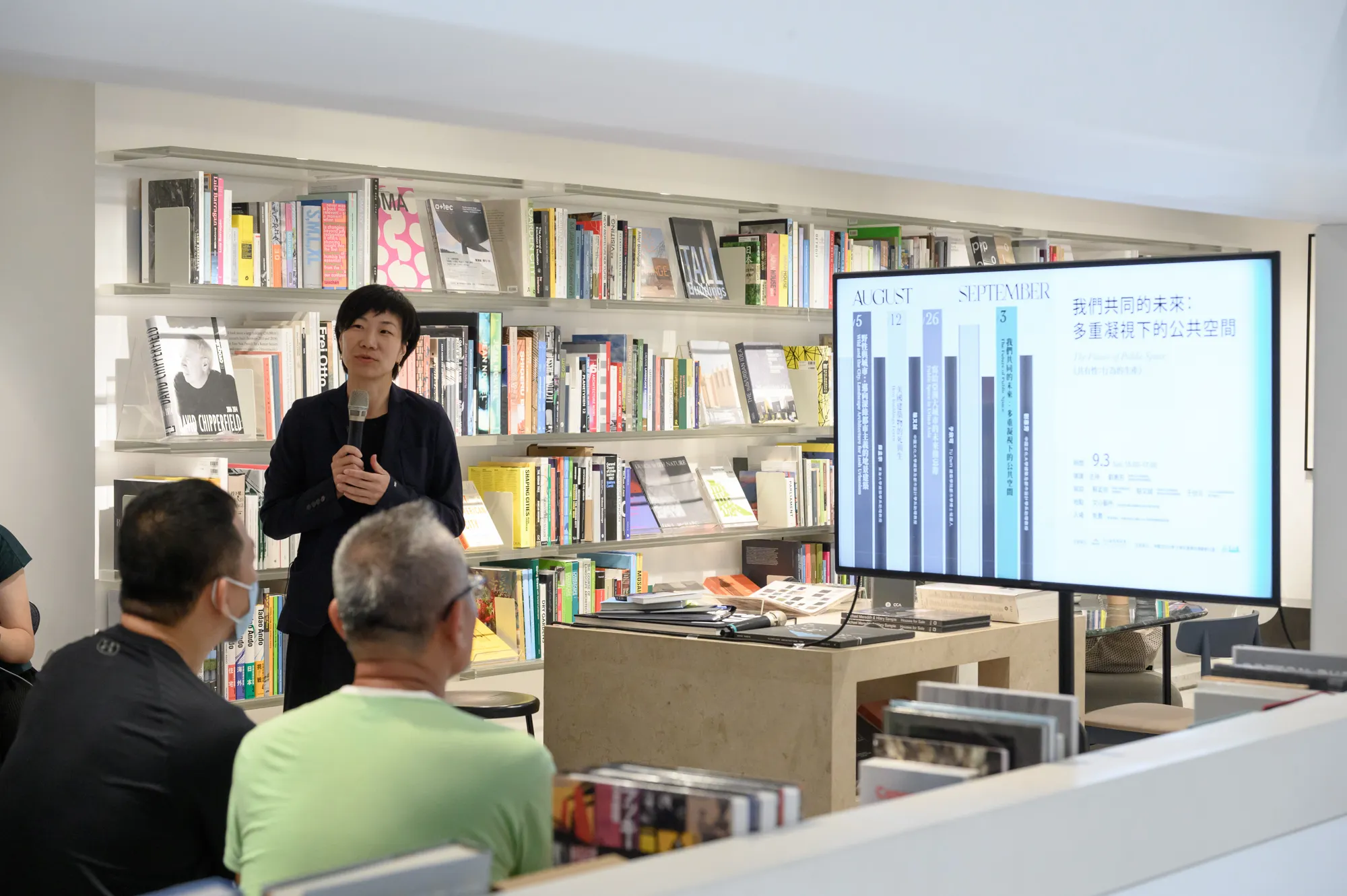
BOOKTALKS| Urban Landscape Lecture Series—A Shared Future: Public Space under Multiple Gazes
Guided Reading
HUI-FANG LIU ASSISTANT PROFESSOR, DEPARTMENT OF URBAN DEVELOPMENT, TAIPEI CITY UNIVERSITY
presiding
Su Mengzong, Assistant Professor, Department of Architecture, Donghai University
Conversation
Chow Shu-yin FA+p Chow Shu-yin Architect Office+Hie Kwan Architects+Prospect Design Partner/Supervisor
Yu Hsinko, PhD Candidate in Urban Studies, TU Delft School of Architecture
Luo Yat-Ching Assistant Professor, Department of Architecture and Urban Design, Chinese Culture University
locations
Wen Shin Art Center (No. 6, Lane 10, Lane 180, Section 6, Section 6, Minquan East Road, Neihu District, Taipei City)
fees
Free admission, advance registration is required ($150 is available at the on-site bookstore and discounts on books and drinks are available)
Event Content
“Prov. The public. The Decisive Tomorrow World series of lectures extends to a late-night reading session for selected books in the arts of literature. Launched by the Wen Shin Arts Foundation, Liu Huifang, Assistant Professor of the Department of Architecture and Urban Design, Culture University, invited experts in digital architecture to submit their favorite theoretical works in the fields of landscape, cities, architecture, and more. Unlike previous discussions of pure architecture, we look at cities, buildings, and public spaces from a more diverse perspective, discussing concepts such as Urbanism, Commonality, Publicity, and Future Cities in the book. The final play “Our Common Future: Public Spaces under Multiple Views” will be brought to “The Future of Public Spaces” by Professor Lau Huifang (The Future of Public Space) An introduction to “Gender: The Production of Behavior” and invited architect Chow Shu-yin as a special guest and talk.
The Future of Public Space is a series of works by SOM thinkers published in 2017 that explores these potential issues and possibilities. For example, challenging Americans' preconceived notions of the wild, vast West by discussing surveillance issues; the myths and filth accumulated by public art, and its potential for future development; and even, architecture and social life in outer space beyond Earth. The book's author group includes Allison Arieff (critic), Michelle Nijhuis (environmental observer/editor), Jaron Lanier (scientist/visual artist/writer), Rachel Monroe (writer/host), China Mieville (novelist), Christopher DeWolf (architecture and cultural critic), Ben Davis (artist critic), Sarah Fecht (writer/editor), Lawrence Weiner (artist) The atypical spatial professional programmer's gaze and wonder at public spaces helps open up the imagination of our shared future.
Communality: The Production of Behavior consists of 8 chapters that explore topics such as “the commonality of architecture” in the form of articles, dialogues, case studies, reading notes, and more. In the discussion section, Japanese artist Tanaka Kung, historical technologist Nakatani Ryren, and social philosopher Shinobara Yabu interpret the concept of “community” and human behavior from their respective professional perspectives, providing a diverse perspective on understanding the essence of “coexistence”; the “Cogendered Reading Conference” section is listed 33 These books on the concept of “commonality” expand the theoretical underpinnings of this concept; case studies involving spatial observations of more than ten cities in Japan, China, and the European Commune, as well as a detailed introduction to the project on the practice of barking workshops, provide readers with a sensory perception of the commonality of architecture.
Event Review
This introductory lecture at the Reading Club ends with two books that run through the core: One is “Cohabitation: The Production of Behavior,” a studio co-founded by Yoshiharu Tsukamoto (Yoshiharu Tsukamoto, 1965-) with Momoyo Kaijima (1969-) and Atelier Bow-Wow. The second is “The Future of Public Space”, published by SOM Architects for nearly a century. Communality is a book that continues the focus of the Dog Bark Studio's focus since the classic “Made in Tokyo” — “The Sociality of Architecture” and “Architectural Behaviorism”. Dog Bark Studios look at buildings in an ethnocentric way. They believe that architecture and space are a reflection of the society in which it is located, and that architecture should mitigate the inequalities of space, so they stand in an observational perspective, and then come up with a design after fully observing the behavior of the person in the space. The book talks about “commonality”, which is different from the point of view of culture and life, is different from the concept of communality. The Future of Public Space contains seven short stories and works by artists who are not space planners, but who focus on the future of public space from their respective professional perspectives. They talk about parks, plazas, public art, surveillance systems in cities, senses, behavioral art, and even outer space life. Space planning of the boundary. Special Guest Architect Chow Shu-Yin responded to the creation and social meaning of “commonality” with his own experience and case: when space induces an active behavior and this behavior is repeated by different people, it creates a sense of place, such as the memory of the seasons or the meaning of the city. Elephants, which end up being the cultural history of a city.
